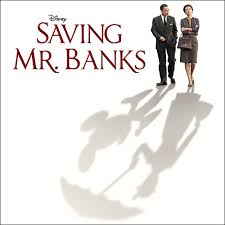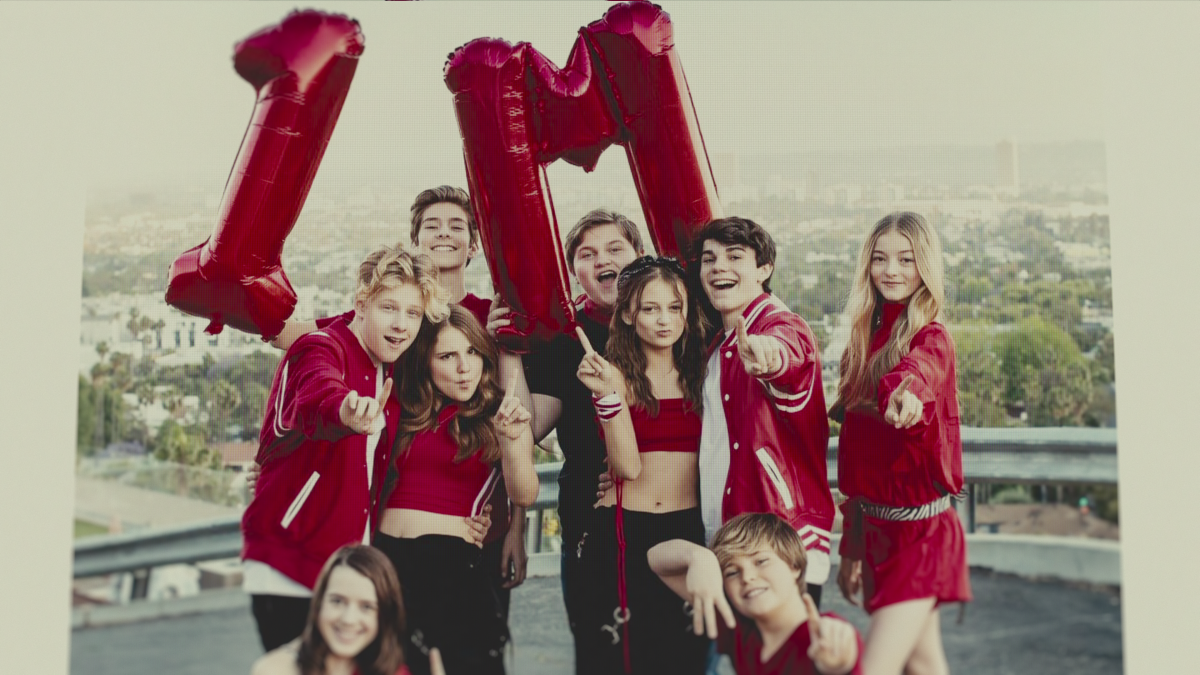
Today’s cinema is full of melancholy films that focus primarily on reality and the unhappy aspects of everyday life. Many recent films have dismal endings, such as Dallas Buyers Club, which follows several characters diagnosed with AIDS; Lone Survivor, a war tale in which almost everyone dies; and Gravity, in which George Clooney floats off into the depths of space. Saving Mr. Banks, however, is a unique look into the world of Walt Disney—a world where sick, alcoholic fathers can be saved by a nanny with a talking umbrella, and a reminder that movies often serve as a respite for those looking for happy endings.
Saving Mr. Banks is the most recent Disney film, chronicling the production of the 1964 film Mary Poppins, a collaboration between Walt Disney (Tom Hanks) and Poppins author P.L. Travers (Emma Thompson). Travers is a stubborn, uptight woman who is unwilling to even fly to California, let alone hand over the rights to the adaption of her books about the fictional nanny Mary Poppins. She is annoyed by Disney’s insistence on an animated penguin sequence, the Sherman Brothers’ music and made-up words. Meanwhile, through flashbacks, the audience learns about Travers’ father, who is kind to his young daughter and plays imaginary games with her. However, the child version of Travers gradually begins to gain more understanding of the situation—her father is an alcoholic on the verge of losing his job, and he later dies as a result of a drunken accident. In the present, after a final fallout, adult Travers flies back to her home in London, where Disney comes to visit. In the most touching scene of the movie, Disney confesses that his own father was less than perfect, but if a movie were to be made about the Poppins character Mr. Banks, based on Travers’ father, he would live on. He tells Travers, “This is what we storytellers do…We instill hope again and again and again.”
Emma Thompson plays Travers with the fragility of a woman whose innocence is destroyed by her father’s death. The character appears stubborn; Travers tells Disney she does not want the color red in the film and disagrees with nearly every decision the production team makes. However, she is also tender at times, such as when she sits with her chauffeur, Ralph (Paul Giamatti), in the grass and builds a house out of twigs, like a child might do. Thompson easily gives the best performance in the film as she conveys every complexity of her character with ease, and those complexities also make her a fascinating character. In one scene, she walks into her hotel room to find a giant stuffed Mickey Mouse on her bed, and, throwing it into the corner, quips, “You can stay over there until you learn the art of subtlety,” proving she can be both stoic and funny.
As the charismatic Disney, Tom Hanks also gives a good performance, though not as complex as Thompson’s. Aside from one scene, Disney is perpetually in a good mood, a contrast to Travers’ bitterness. It is clear that Hanks strived to resemble Disney, with a mustache that was groomed to exactly resemble Disney’s, and similar quirks and mannerisms, like his smoking habit (which Hanks pushed to allow in the film) and his habit of clearing his throat before entering a room. This is not Hanks’ best role, but in some scenes it seems like Hanks is Disney; his charm and charisma is convincing.
The film is outstanding in some aspects. Thompson and Hanks steal the show, and the script is full of one-liners and touching sentiments. However the film does lack depth at times, such as when Disney takes Travers to Disneyland for no good reason at all. There are also too many argumentative scenes between Travers and the Poppins team about almost everything—the music, the animated penguins, the concept drawings, the snacks the receptionist offers, and even the color red.
Saving Mr. Banks, although not outstanding, is a fun and enjoyable movie, especially for Mary Poppins fans. The movie’s best aspect is the comfort it offers to anyone who has experienced tragedy; in the movies, there is always a happy ending.









